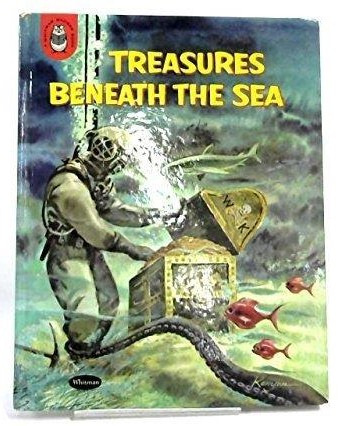Safety Stories: The Evolution of Safety in Professional Diving
Print this Article | Send to Colleague
SAFETY STORIES
The Evolution of Safety in Professional Diving
Tony Sampson hadn’t cut his baby teeth yet when his mother bought him a new book, “Treasures beneath the Sea,” by Robert Silverberg. Within that book was a passage that would capture the heart of the young boy and the imagination of a lifetime for the man he would become.
“In all the banks in all the vaults in all the World… there’s not as much gold, drills and treasure as there is at the bottom of the Ocean”
 |
“So, from six years old I decided to be a diver and a treasure hunter. I joined the military, then went to police, then fire, then paramedics and offshore survival. My whole life has been in one uniform or another and a lot of it has surrounded safety as well.”
Sampson has been into diving and shipwrecks since he was a teenager. He’s travelled the world looking for sunken booty. Over the years he’s found valuables such as coins, bottles of champagne, and jewelry.
For the past nine years he’s been one of the divers on History Channel’s Curse of Oak Island. The show tracks the 223 year old mystery of Oak Island, a 140-acre privately owned island in Lunenburg County.
He's also the owner of Salty Dog Sea Tours. Thanks to the success of the TV Show, business is thriving.
At the same time, safety operations are (for the better) changing.
Diving has Changed
“To throw a diver in the water things have changed dramatically in the last three or four decades. Now with Occupational Health and Safety we’re talking three-man dive teams and four-man dive teams for surface supply. Every time there’s an incident there’s a review. Safety is looked at from a different angle and new things implemented.”
Best practices are always evolving. “Because when you’re jumping into an unknown environment what might be a great idea for surface supply in zero current is not a good idea for SCUBA in a high current zone.”
Ghost Gear
One of Sampson’s biggest passions is Ghost Gear – lost or abandoned fishing gear. There are many reasons why fishing gear can be lost or abandoned, including severe weather, snags beneath the surface, conflict with other gear, interaction with other vessels.
This gear can stay at the bottom of the ocean keep catching ocean life and killing. It can also move along the surface of the ocean. “Drift nets are frequently seen, posing a danger not only to ocean life but to divers and recreational boaters as well.”
A study conducted earlier this year by the School For Resource and Environmental Studies at Dalhousie University found more then seven tonnes of lost or discarded fishing gear less than 20 kilometres off the coast of southwestern Nova Scotia.
Tony Sampson was a recent guest on Prairie Podcast by Utility Safety Partners.
Salty Dog Sea Tours website.
Doug Downs, USP Contractor

